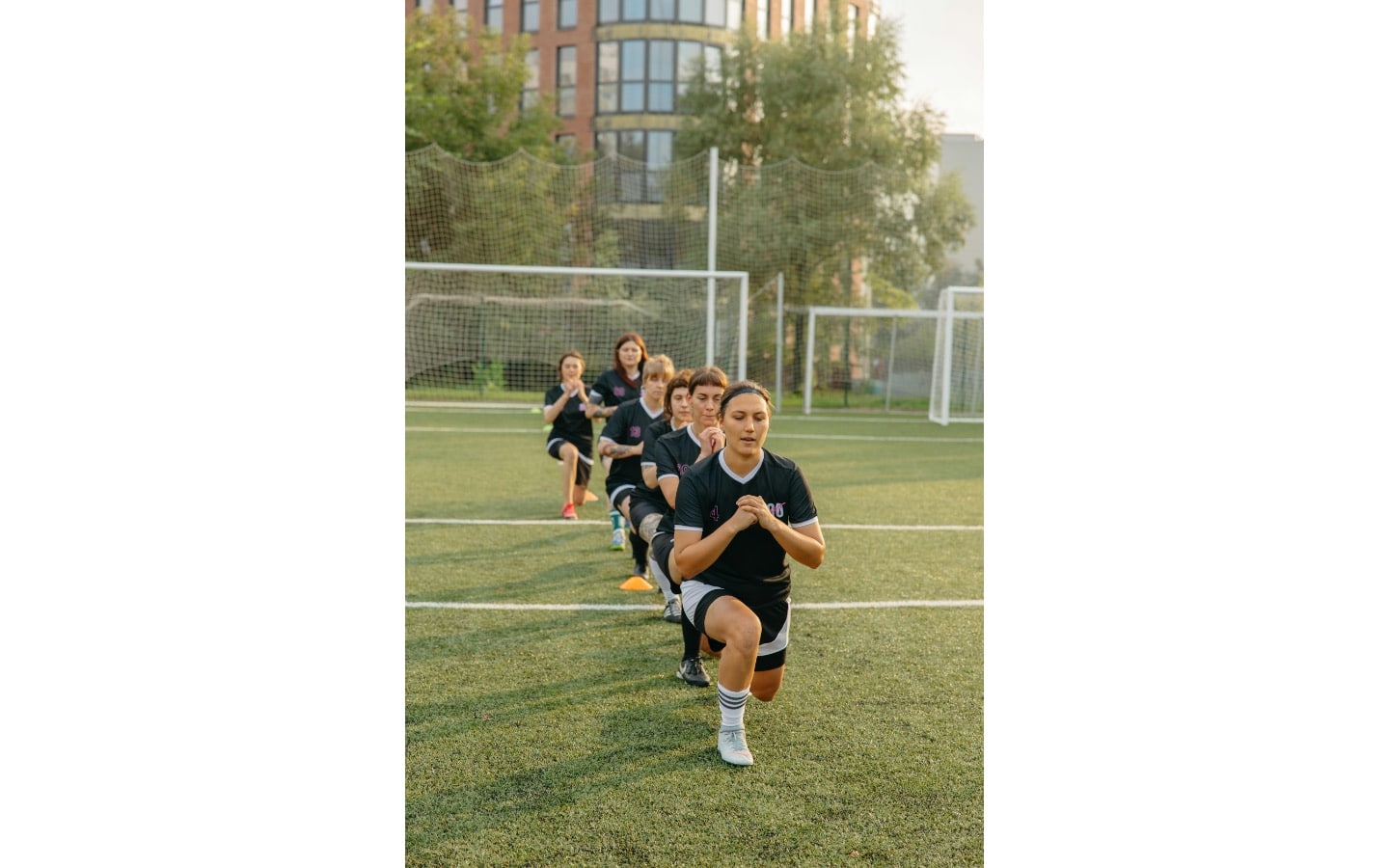
ACL Injuries in Women
Gender-based or gender-biased? Why is there a higher prevalence of ACL injuries in women?
The anterior cruciate ligament is a strong band of connective tissue that attaches posteriorly on the femur and anteriorly on the tibia, creating stability for the knee and preventing the tibia from translating forward too far. The risk of ACL (anterior cruciate ligament) injuries in women has been cited as 2-10 times greater than in men. This disparity has often been attributed to biological factors, such as fluctuating hormones that may contribute to ligament laxity, a wider pelvis, and less muscle mass around the knee. These factors are believed to create greater instability, making the ACL more vulnerable during high-impact activities like hard landings, cutting, and pivoting.
However, a recent paper by the GenderSci Lab, published in the British Journal of Sports Medicine, suggests that this increased risk may be due to flaws in the metrics used to estimate ACL injury rates by gender. The metric in question is Athlete Exposure (AE), which measures the amount of time an athlete participates in games or practices. AE is calculated by multiplying the number of players on a team by the number of games and practices, without accounting for individual playing time or distinguishing between games and practices. This is significant because ACL injuries are more likely to occur during games than during practices.
Flawed Metrics and Training Disparities
A key issue is the disparity in training and competition time between men’s and women’s sports. Men’s teams generally receive more training time, which not only increases their Athlete Exposure but also enhances their physical preparation, potentially reducing their vulnerability to ACL injuries. In contrast, the Athlete Exposure measured for women’s teams is often skewed toward competition, where ACL injuries are more common.
Moreover, men’s teams tend to have larger rosters compared to women’s teams. This results in a higher number of AEs for men’s teams, while the smaller team sizes for women lead to fewer AEs, potentially inflating the perceived incidence of ACL injuries in women. Additionally, women may spend more time on the field during competitions compared to men, further increasing their risk during the most injury-prone scenarios.
The Role of Funding Disparities
Another critical factor is the disproportionate funding between men’s and women’s sports. Men’s teams often benefit from better resources, including superior equipment, facilities, physical therapy, and athletic training. These advantages can significantly impact injury prevention and recovery, placing women’s teams at a disadvantage.
Steps Toward Better Metrics and Equality
To accurately assess whether women are truly at a higher risk for ACL injuries, we need to address these issues:
- Accurate Measurement of Individual Playing Time: Metrics should reflect each athlete’s individual playing time during both games and practices and document when injuries occur.
- Equal Training Opportunities: Women’s teams must be granted the same amount of training time as men’s teams to ensure equitable preparation and conditioning.
- Funding Equality: Equalizing resources for men’s and women’s sports is essential to address disparities in equipment, facilities, and access to professional athletic training and therapy.
Addressing these systemic issues will require significant effort and commitment. Until then, conclusions about gender-based differences in ACL injury risk may remain influenced by flawed metrics and inequitable conditions.
By Deanie Barth

